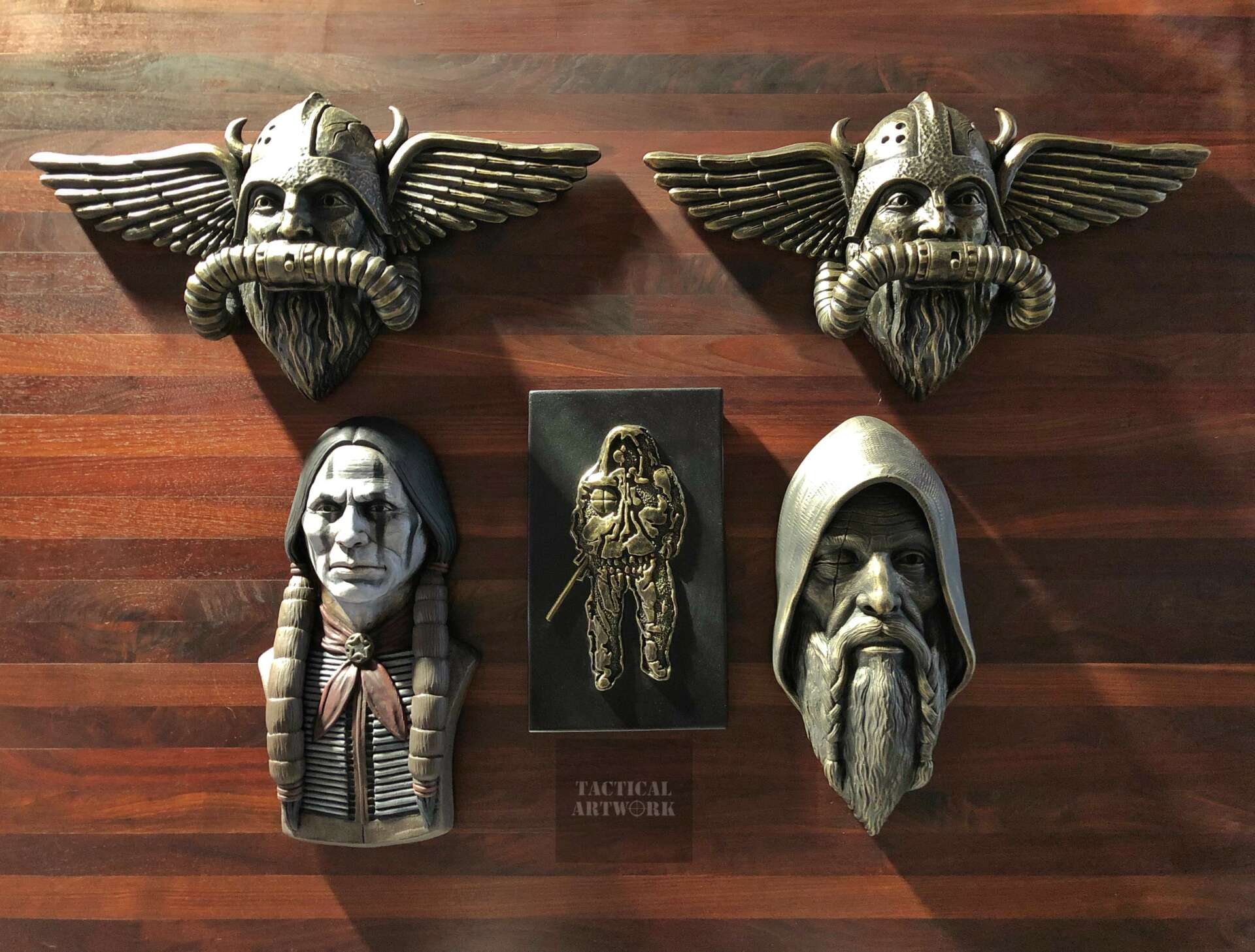We’re excited to introduce you to the always interesting and insightful Jason Watts. We hope you’ll enjoy our conversation with Jason below.
Jason , thanks for taking the time to share your stories with us today What’s the backstory behind how you came up with the idea for your business?
So there is was, the year 2000 and I had just checked into 3rd Recon Battalion. Located on Camp Schwab, Okinawa. It’s my first day at my first duty station as 21 year old 0321 Reconnaissance Marine.
After my initial admin check in, I was told to make my way over to my unit, Bravo Company, located in the center of a row of 1950’s era cement one story buildings. I was understandably nervous as this was my first day on the job after undergoing the better part of a year of intense training.
The heavy duty metal door groaned and whined, announcing my arrival as I walked into the building. This was definitely not a fancy place. I was met by a foyer followed by a long hallway of crude drywall framed rooms, some of which were still under construction. There were several Marines scurrying about and as the metal door closed all eyes were on me. “Are you the new guy?” One Marine asked. I informed him I was checking in. After a brief introduction I was told to head down the hallway to the second door on the left.
The building was made of reinforced concrete so my boots clacked as I made my way down the hallway. Checking in with the Bravo Company First sergeant was a big deal and I was understandably nervous. There was no door to his office just the opening so I slammed my hand on the wall three times, (as a was the custom), and announced to the the Marine sitting in the office that I was here to check in with the 1st Sergeant.
“Get in here,” the Marine barked. I quickly walked in performing ritual of standing front and center of his desk, eyes locked straight forward and announced, “PFC Watts reporting as ordered, First Sergeant.”
I was standing at the position of attention, like a statue with my hands down to my sides. There was an awkward silence as he scanned me up and down for any discrepancies in my uniform and making his initial judgments.
He was well muscled Marine with a flat top haircut and seemed annoyed to have me there standing in front of him. He told me, “at ease” which meant I was to widen my stance and place my hands behind my back. (a formality, for a junior Marine when speaking to any higher ranking Marine). He asked me a few questions and barked for me to get out of his office and go find my Platoon Sergeant.
As I was quickly making my way out of the office I notice d some framed awards and wood sculptures on the wall. One of them was a “Recon Jack”.
The Recon Jack is a symbol inherit to the Marine Corps elite Reconnaissance Units.
At the time, Recon and Force Recon were the premiere special operations forces of the Marine Corps. A fully trained Recon Marine was a “jack of all trades”. Meaning he was airborne qualified, combat dive qualified and had likely graduated from other arduous courses to include military freefall, sniper school, Army Ranger school, etc.
Recon Marines had the unique ability to be very proficient in many areas and that’s where the nickname came from.
There are various forms of the recon jack, but they commonly include parachute wings, representing the airborne abilities. a diver or SCUBA regulator, representing the ability to insert into a mission from the sea, a skull with 3 bullet holes representing pain suffering and misery, a knife and paddle. One a Recon Marine has gained experience and accomplished many of these capabilities they often get the sacred symbol tattooed on themselves, as a traditional right of passage.
Prior to joining the Marines, I had a background as an artist and had spent a couple years at a local junior college studying art before I enlisted. When I saw the wooden sculpture on the wall, the artist in me knew that I could do a way better job. At that very moment I knew that someday I would make a version of that symbol that actually did it justice.
Many years later after leaving the Marine Corps, I finally had my chance to try my hand at recreating the esteemed “Recon Jack”.
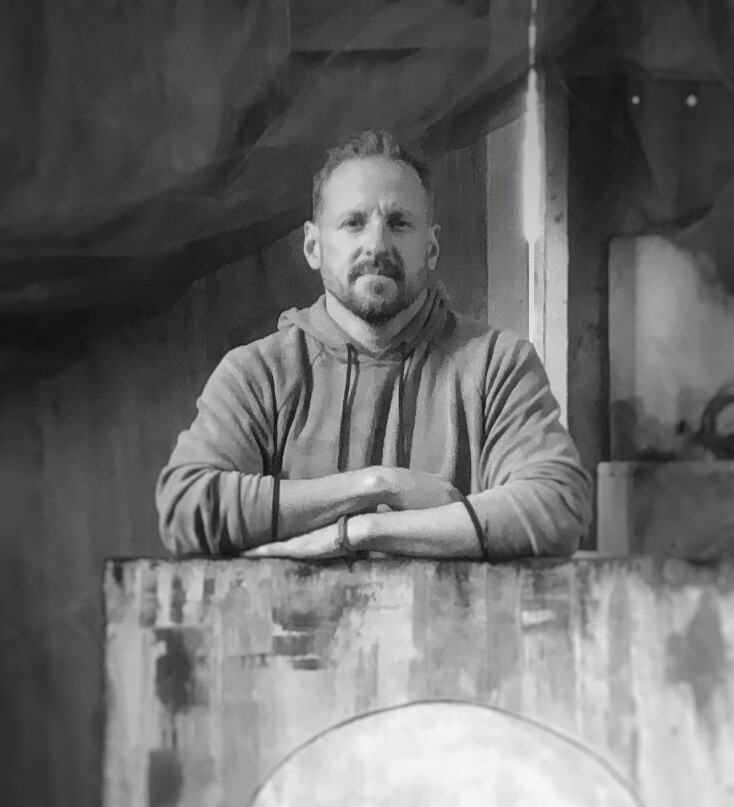
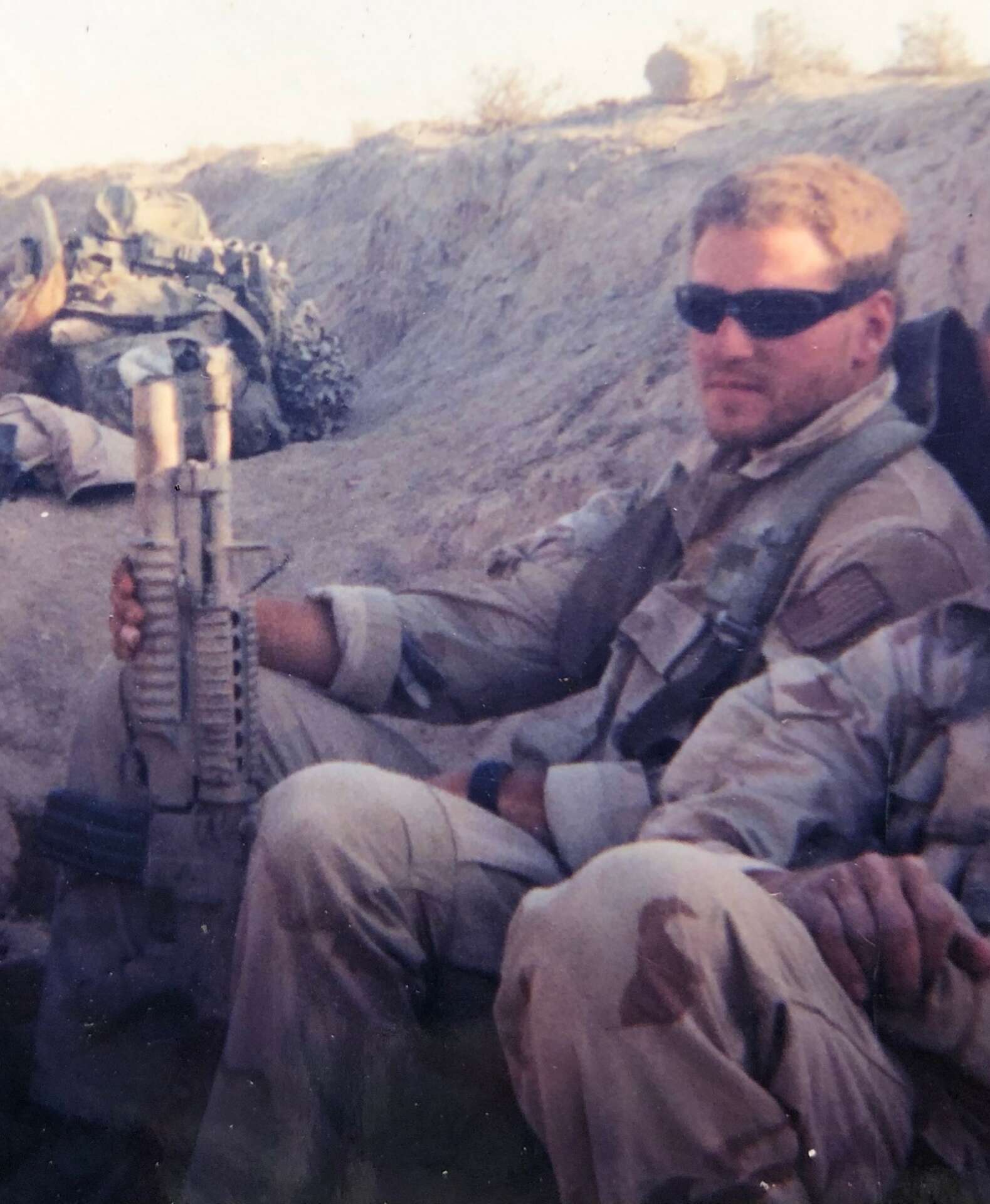
As always, we appreciate you sharing your insights and we’ve got a few more questions for you, but before we get to all of that can you take a minute to introduce yourself and give our readers some of your back background and context?
Jason ‘Billy’ Watts is an award winning professional artist, former Force Recon Marine, writer and adventurer. Watts attended Southern Illinois University earning his BFA degree in Ceramics where he was the winner of the prestigious RZ Award and Trust as well as the 2009 Annual Purchase Award and has a sculpture on permanent display at the University.
Watts’s diverse background gives him a unique perspective. “You don’t often hear of people trading the Marines for art school. A lot of people are surprised when they learn of my background and experiences. I guess I’m not the stereotypical Marine or the stereotypical artist. I don’t really fit into one box or the other. I’m just me, and I’ve always felt strongly about following my calling and setting out to accomplish all the things I feel I was meant to do.”
As a former member of an elite US Marine unit, and combat veteran, Watts is uniquely positioned to provide relevant artwork to this tightly woven community with an intrinsic understanding of the fiercely guarded traditions and symbols. Having one of their own create these works adds value to the collector as they have become treasured pieces to our nation’s finest warriors.
After leaving active service Watts spent years as a special operations instructor/trainer and Maritime Security Professional riding aboard commercial vessels as they traversed the pirate laden waters of the Indian Ocean. “I had some really unique jobs and interesting experiences, but the time came for me to honor my calling and transition into making art professionally.” “It’s the most challenging and rewarding job I’ve ever had.”
Aside from his ‘tactical art’ ventures, Watts continues to exhibit his more traditional fine artwork at various venues throughout the country. Some of Watts’s more contemporary works include imagery of raven, hawk and other birds of prey that often serve as focal points in Watts’s compositions. “The hawk, in particular, is a potent symbol of a being, completely immersed in the moment. For me, the hawk represents being fully present, aware and keen. There is a certain grace and clarity about them that resonates with me on many levels.
Watts is also active in his support of various charities within the special operations community, including: the Marine Reconnaissance Foundation and the Force Recon Associatation.

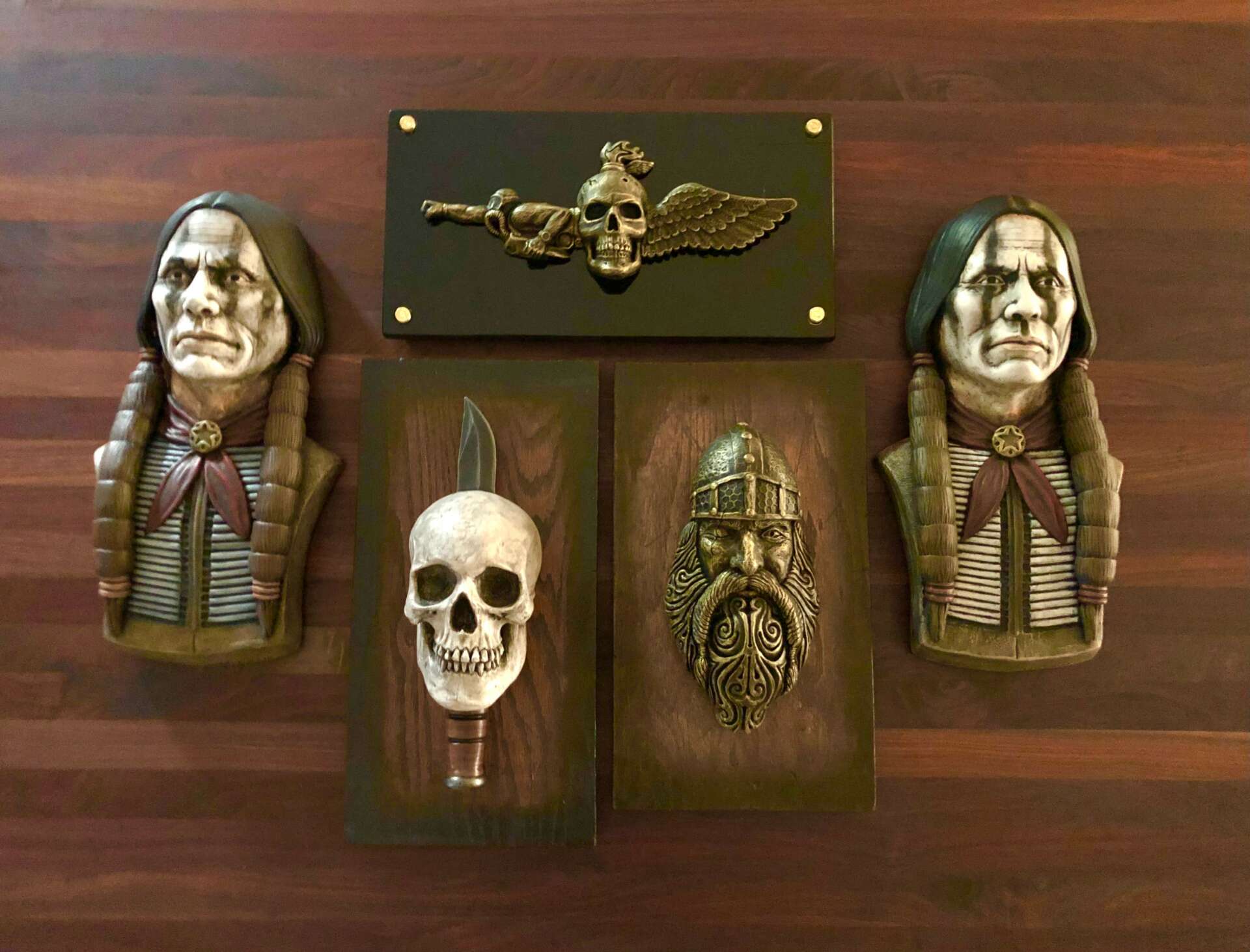
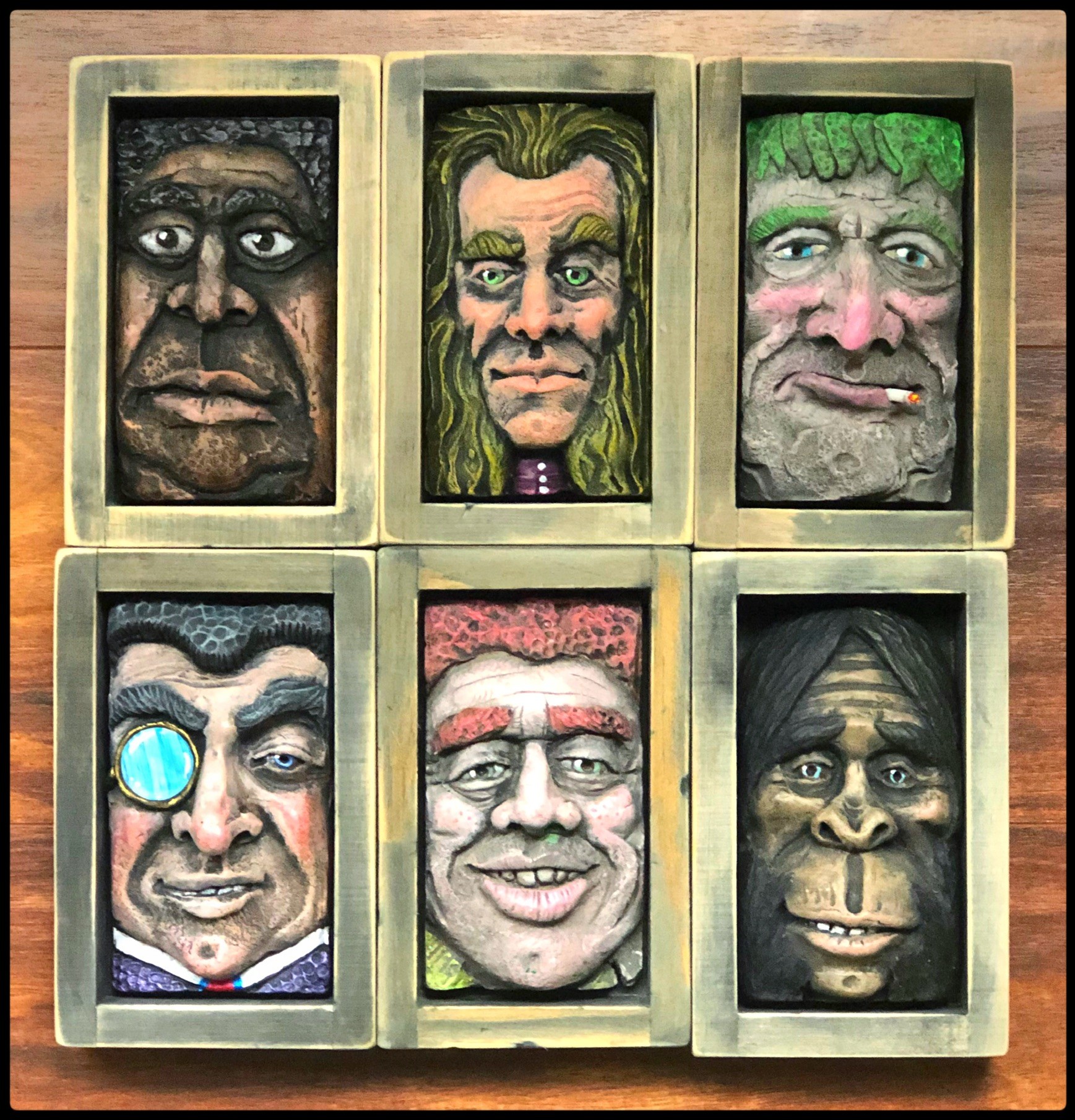
Can you talk to us about manufacturing? How’d you figure it all out? We’d love to hear the story.
Yes, I actually manufacture all of my sculptures. Being a one man operation means that I wear many hats. And I’m at a point that I need to outsource the manufacturing or else pivot towards making 2-Dimensional artwork and offer prints & merch. In theory, that would relieve me of the manufacturing burden help me devote more time to creating new artwork enabling me to continue growing as an artist.
When I first started, I immediately knew I needed find out how to make molds. I started calling around to local foundries in the St. Louis area, where I lived at the time.
I was referred to the St. Louis Sculpture Factory. I talked to Mitch, the owner, and after the phone call I had a gut feeling we would be great friends. I told him what I was trying to do and he recommended that I use another material besides clay, to cast the sculptures. He recommended a high-end architectural grade resin called Forton. It’s a relatively expensive material but it’s still made more sense than trying to use clay/ceramics for production. Forton was developed for reproducing architectural elements on old Victorian homes and for the replication of sculpture. It’s an indoor/outdoor material and even has a fire rating. The only better material for reproducing sculpture is bronze.
So I commissioned Mitch to make my very first molds and after becoming great friends he eventually taught me the process of making my own molds. That was a game changer for me because now I had ability to do everything in house, from concept to production.
Back then, there weren’t many resources on how to make your own molds. Today companies like Smooth-On have really incredible video tutorials and even mold making seminars. They have a huge catalog of different resins and materials for artists to utilize.
After learning the basics from Mitch, I was on my own and learned many hard lessons from trial and error. I’m always on the lookout for ways to become more efficient and how to capitalize on the mistakes I made along the way. Through that trial and error I’ve come up with some unique standard operating procedures and even some finishing techniques that I invented out of necessity.
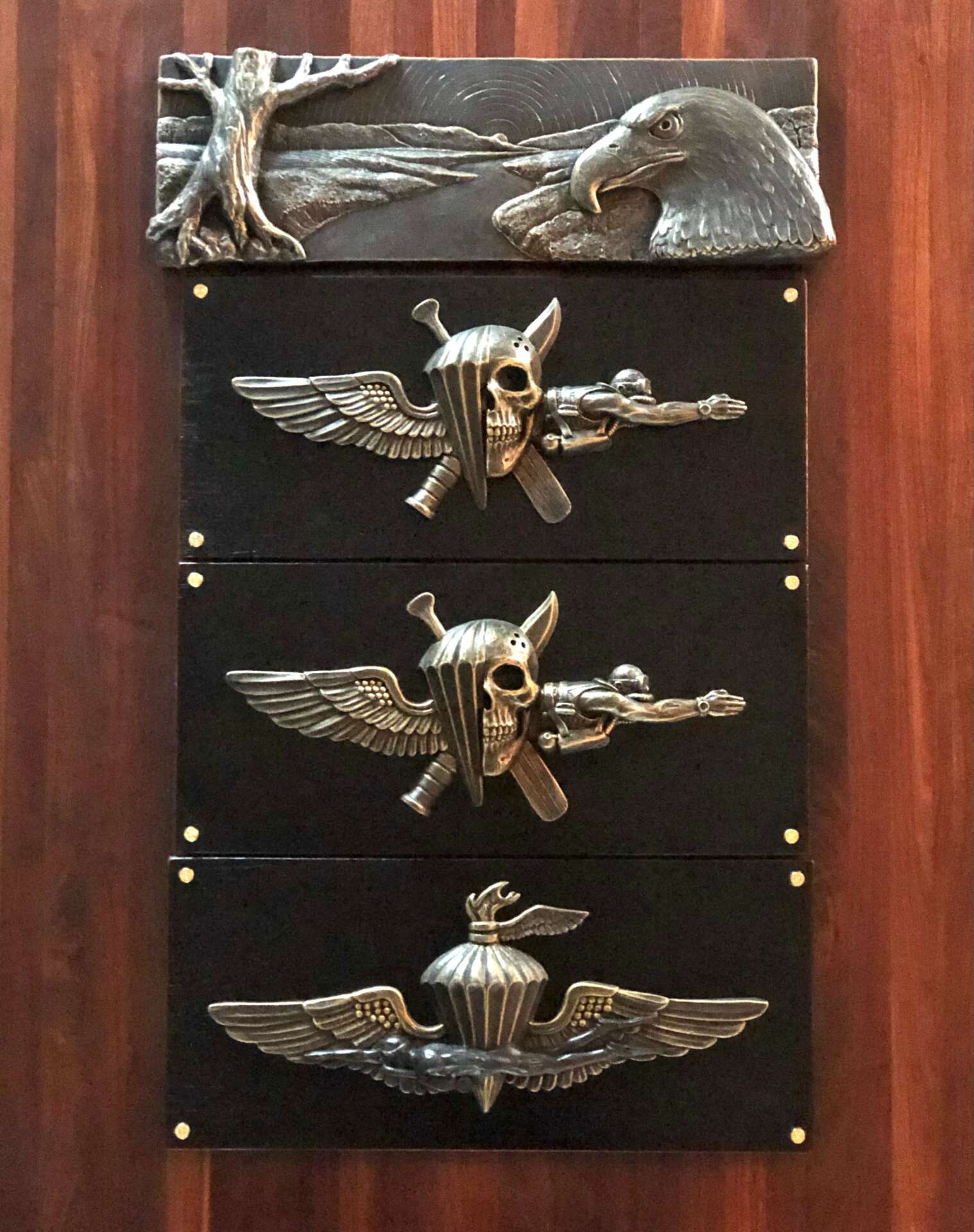

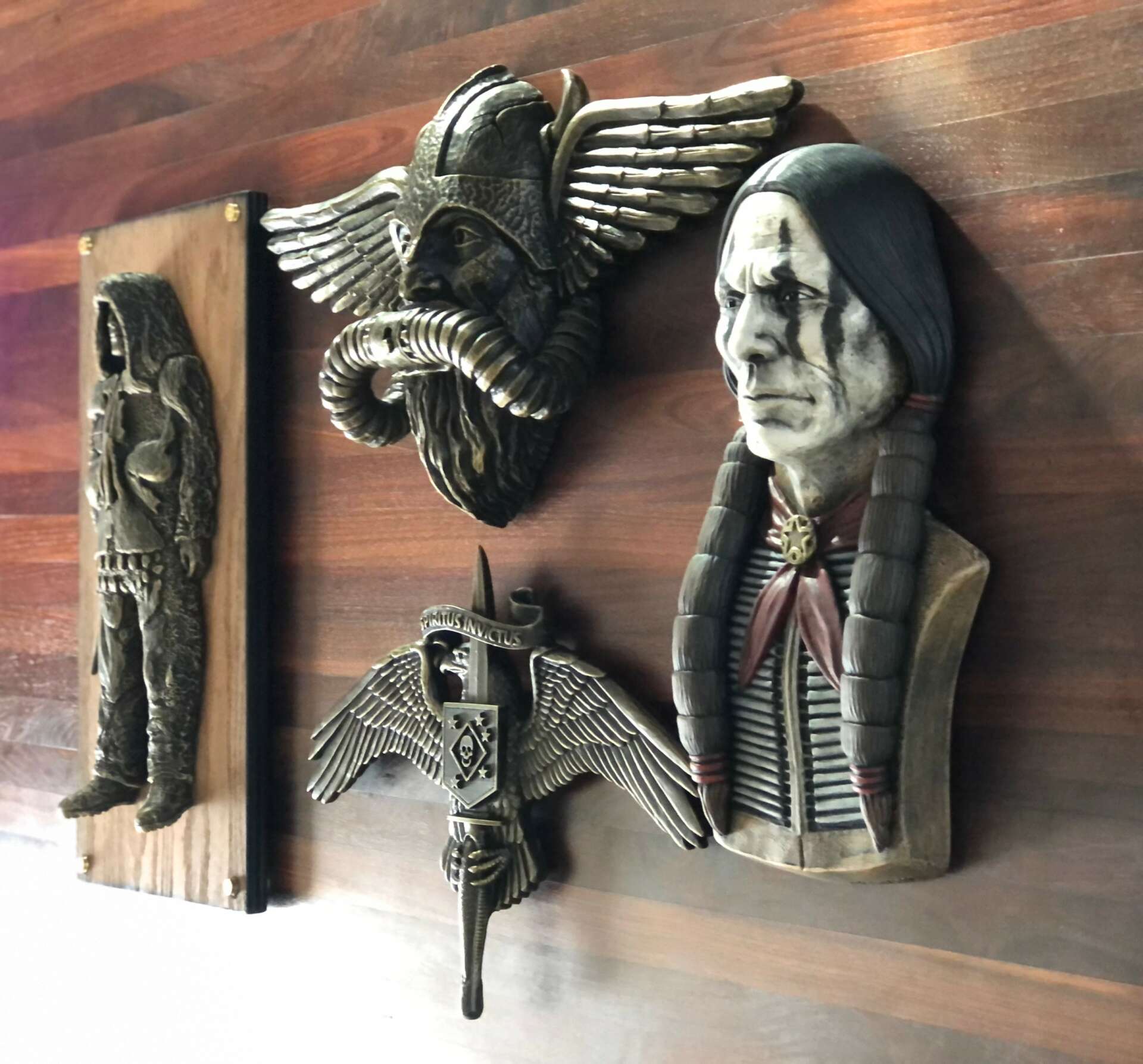
We’d love to hear the story of how you built up your social media audience?
My methods of building my social media following could be construed as a cautionary tale, lol.
Initially, I truly believed that if my artwork was good enough, that I wouldn’t have to devote much time to advertising. I had the “build it and they will come” attitude.
I’ve never really paid for advertising on social media and that worked ok until they changed the algorithm. Now my posts reach a small fraction of my intended target audience. The followers I do have are organic, meaning they either saw my work from a shared post or sought me out on social media. A lot of my business also comes from word of mouth advertising. Since my artwork is three-dimensional it really does look nicer in person so when a client’s friends and family see the artwork in person, they may be inspired to make a purchase.
Since the algorithm changed on social media, I’m finally at a point where I’m forced to consider paying for advertising.
Also, If I could go back in time, I would have taken business and accounting classes while in college. There are so many of those skills needed to run and maintain your own business. None of my professors at SIU had experience as full-time professional artists so I had to learn from trial end error on my own. Failure can be a brutal but very effective teacher.
Contact Info:
- Website: Tacticalartwork.com
- Instagram: @Tactical_Artwork
- Facebook: @TacticalArtwork
- Youtube: @TacticalArtwork2866


